Did you know Shell, the famous global energy company, has a long history of making collectible diecast cars? These tiny cars have won the hearts of many and are now highly sought after by collectors all over the world. Learn about Shell’s famous promotional diecast cars and why they are still loved by collectors today.
Key Takeaways
- Shell’s diecast car promotions started in the 1970s with a series of collectible coins featuring historic vehicles.
- These cars helped make the Shell brand known for its connection to car history and collectibles.
- Over time, Shell’s diecast car series has grown, offering a wide range of models and catching the eye of many fans.
- Vintage Shell diecast cars are now very valuable to collectors, with rare and limited-edition ones selling for high prices.
- It’s important for collectors to know about the condition grading system and keep up with market trends to make smart buys.
The History of Shell’s Promotional Diecast Cars
Shell started making diecast car collectibles in the 1970s. They wanted to win the hearts of young car fans. Their first series had 20 classic and modern cars, from the 1886 Benz to the 1970 Lamborghini Miura.
This move was a hit, sparking a love for cars in many. It showed that Shell cared about car culture.
The Birth of Shell’s Marketing Innovation
After the first series did well, Shell made more diecast cars. In the 2000s, they introduced models like the F2005 Formula 1 and Ferrari 575 SuperAmerica. These were made by Mattel/Hot Wheels and were plastic, not metal.
Even though they were simpler, they still showed the beauty of Ferrari. This appealed to many car lovers.
Evolution of Shell’s Collectible Series
- The first batch of model cars was made of die-cast metal by Maisto, while the second batch was made of pure plastic by Mattel/Hot Wheels.
- The new set of cars lacked certain details such as panel lines compared to the die-cast metal models.
- The promotional Yellow Ferrari Enzo was obtainable for free in the Philippines by servicing your car for an oil change at any Shell station.
Impact on Automotive Culture
Shell’s diecast car promotions changed the car world. They inspired many to start collecting. Their partnership with Ferrari made them a big name in the industry.
Shell also showed off its history with the Shell Heritage Art Collection. This collection has over 7000 prints and artworks. It’s a big part of Shell’s legacy.
“The Shell Heritage Art collection consists of more than 7000 prints and artworks, held at the National Motor Museum Trust since 1993. The original posters sought after from the 1930s print runs measure 30 x 45 inches (76 x 114cm), and some of the most sought-after posters from the original print runs can sell for over £6000.”
Did Shell Used to Give Out Diecast Cars?
Yes, Shell, the well-known energy company, has a long history of giving out cool stuff. This includes collectible diecast cars. These cars were meant to draw people to Shell gas stations and build loyalty, especially among kids who might sway their parents’ choices.
One big example was in 1970. Shell gave out coins with historic car designs. This smart move let Shell tap into the growing love for car collectibles. It also gave customers a special keepsake from their gas station visit.
| Condition | Quantity | Item Price | Shipping | Location | Returns | Payment Options | eBay Item Number |
|---|---|---|---|---|---|---|---|
| New | 2 available | US $14.95 | Free shipping, arrives by Christmas | Saint Albans, West Virginia, United States | Seller does not accept returns | Diners Club | 294473960072 |
Shell has kept offering cool items, like diecast cars, to connect with its customers. These shell gas station giveaways and shell promotional vehicles are now highly sought after. They show Shell’s ongoing dedication to creativity and customer connection.
If you love collecting or just enjoy car history, checking out Shell’s diecast car history is a must. It offers a unique look at how Shell’s marketing has changed over time. It also shows how it has influenced the car world.
Most Valuable Shell Diecast Models
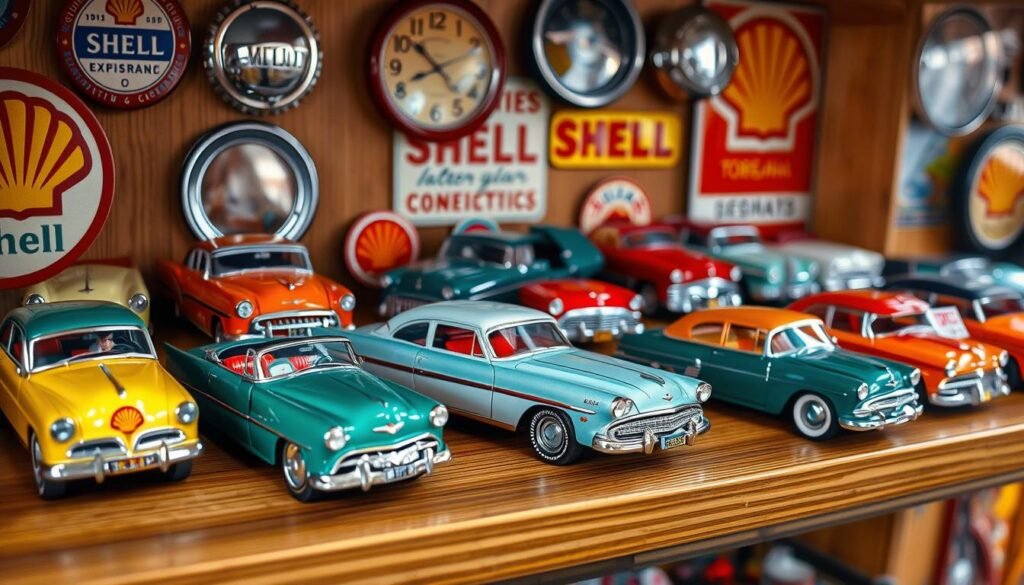
Collectors of shell toy cars and collectible shell diecast models know their items can be worth a lot. The rarity, condition, and history of shell promotional vehicles all affect their value.
Rare and Limited Edition Pieces
Limited edition and rare shell diecast models are highly sought after. These special pieces, made in small numbers, are prized by collectors. Their unique features, packaging, and age can greatly impact their value.
Condition Grading System
The condition of a collectible shell diecast model is key to its value. Collectors use a grading system to judge quality and worth. The model’s packaging, wear, and preservation all influence its grade and price.
Price Guide for Collectors
The prices for vintage shell toy cars and collectible shell diecast models vary widely. Prices range from a few dollars to thousands, based on rarity and condition. Well-preserved, limited-edition shell promotional vehicles can sell for hundreds or thousands of dollars.
| Item | Price | Condition | Rarity |
|---|---|---|---|
| Shell Promotional Ferrari Enzo | $49.99 (with 10% discount) | Mint, Sealed | Limited Edition |
| Stomper 4X4 by Schaper | $10 – $100 | New, Sealed – Used | Vintage, Varying Rarity |
| Aurora A/FX Slot Car Set | $40 – $300 | New, Sealed – Used | Vintage, Rare Models |
The collector’s market for shell diecast models is always changing. It’s important for collectors to stay up-to-date on trends, rare finds, and price changes. By understanding what makes these models valuable, collectors can build a valuable collection of these iconic shell promotional vehicles.
Conclusion
Shell’s diecast cars and promotional items have made a lasting impact on car culture and marketing. The 1970 collectible coin series and various giveaways are highly sought after. These items show how Shell has built a loyal fan base through automotive history and memorabilia.
The latest updates in Shell’s diecast car collections show their dedication to quality. Features like realistic sounds and detailed designs make these cars special. They are now valuable for any car lover’s collection.
As Shell moves towards a sustainable future, their legacy in diecast cars and marketing stands strong. Their success offers lessons for others in building customer relationships through creative marketing. This approach can help companies connect with their audience in meaningful ways.
FAQ
What is the history of Shell’s promotional diecast cars?
How did Shell’s promotional diecast cars evolve over time?
Did Shell used to give out diecast cars?
What are the most valuable Shell diecast models?
Source Links
- New Bright radio and remote control toy vehicles. – https://www.newbright.com/
- Shell plc – https://en.wikipedia.org/wiki/Shell_plc
- This Lightweight Truck Camper Is the Best We’ve Tested – https://www.outsideonline.com/outdoor-gear/cars-trucks/review-tune-m1-truck-camper/
- Shell V-Power – Ferrari Car Collection – https://lifedrive.wordpress.com/2008/05/30/shell-v-power-ferrari-car-collection/
- How Shell’s Lorry Bill advertising brought art to the people | Hagerty UK – https://www.hagerty.co.uk/articles/automotive-history/how-shells-lorry-bill-advertising-brought-art-to-the-people/
- SHELL’S HARD GRAFT – https://www.marketingweek.com/shells-hard-graft/
- 1991 Shell Gasoline Give Away Hot Wheels Byway Man new in package | eBay – https://www.ebay.com/itm/294473960072
- Rare 1950 Shell Oil Chevy Pickup Truck ERTL Die Cast 1:25 Red & Yellow 1995 MIB | eBay – https://www.ebay.com/itm/266229016996
- 12 Vintage Car Toys Now Worth Big Bucks – https://www.popularmechanics.com/cars/g2650/12-vintage-car-toys-now-worth-bucks/
- Disclaimer – Shell Annual Report 2020 – https://reports.shell.com/annual-report/2020/strategic-report/strategy-business-and-market-overview/our-business-model-explained.php
- Shell-Ferrari Model Cars with real Engine sounds – https://lifedrive.wordpress.com/2009/05/05/shell-ferrari-model-cars-with-real-engine-sounds/
- An Analysis of LEGO’s Response to an Attack on its Partnership with Royal Dutch Shell – http://www.inquiriesjournal.com/articles/1473/an-analysis-of-legos-response-to-an-attack-on-its-partnership-with-royal-dutch-shell

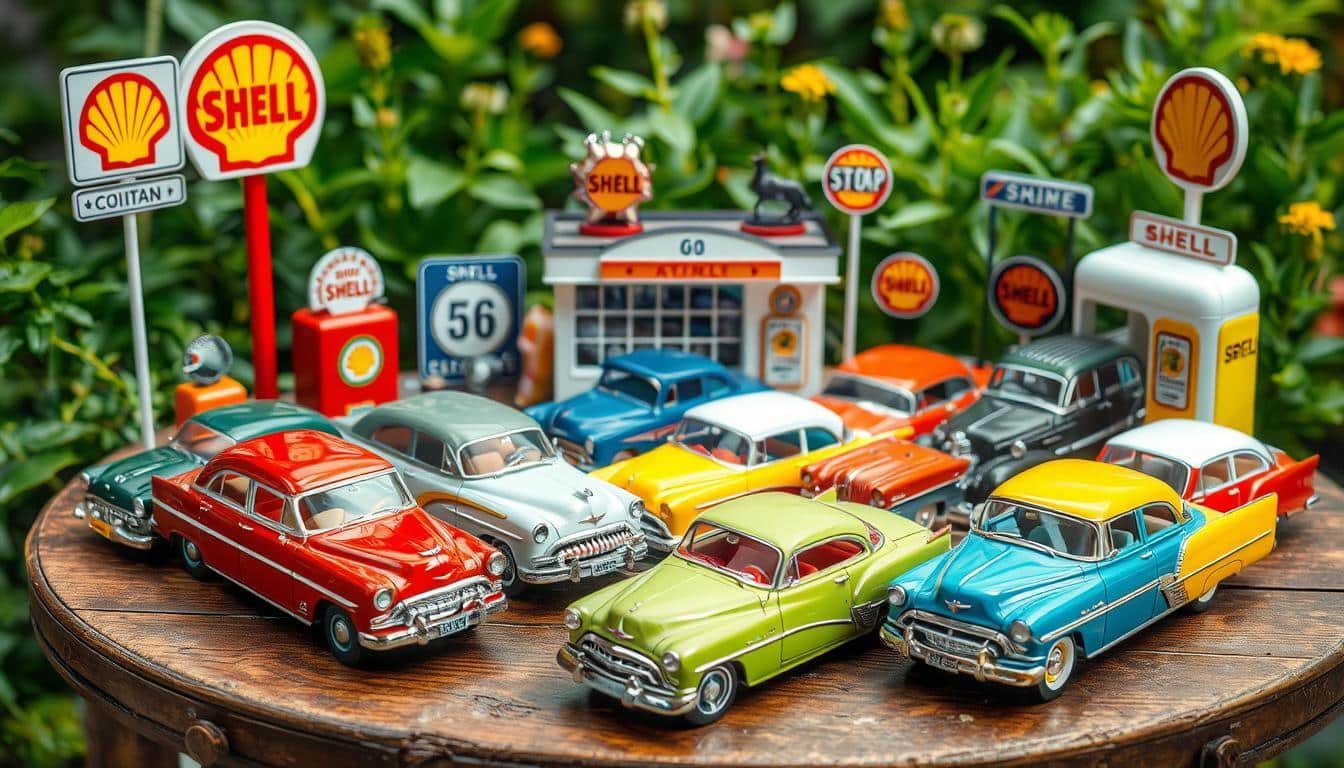

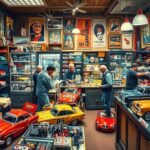

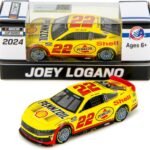

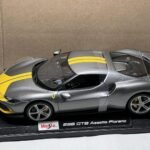
Gotta say, these Shell diecast cars dont hold a candle to Hot Wheels. Is Shells marketing innovation just a cheap copycat attempt?
Interesting read, but isnt it high time we focus on the eco-impact of these collectibles? Are they really sustainable or just fossil fuel propaganda?